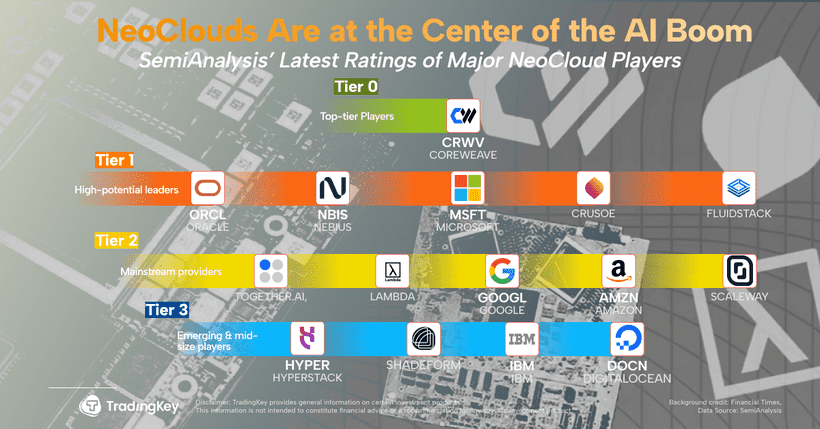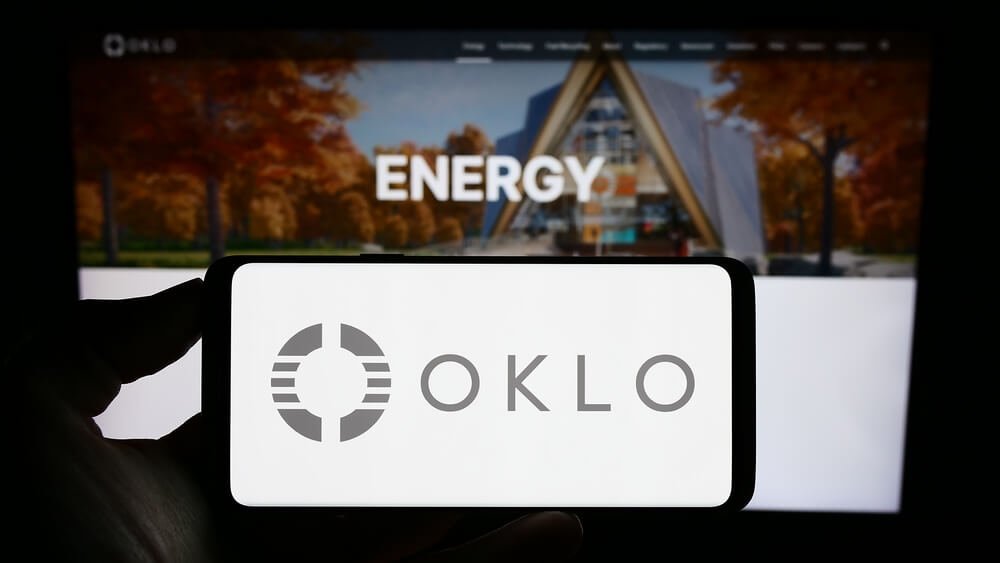Gallagher: Social inflation is reaching inflection point and AI should be seen as silent peril

Feb 4 - (The Insurer) - Gallagher has highlighted five key trends to watch in the commercial insurance landscape for early 2025: rising social inflation, AI adoption challenges, ongoing supply chain disruptions, shifts in catastrophe losses and the impact of global elections.
According to Gallagher, social inflation is reaching an inflection point, with record-breaking numbers of "nuclear" (over $10mn) and "thermonuclear" (over $100mn) verdicts.
Gallagher attributed this to a public perception that businesses can absorb higher damage costs as well as the rise of third-party litigation funding.
These trends are driving up commercial auto liability costs through larger jury awards, increased litigation and more aggressive legal tactics, Gallagher explained.
Legal changes favouring plaintiffs and growing public expectations for higher damages are compounding claim expenses, along with rising defence costs.
Gallagher advised companies to strengthen risk management, assess insurance coverage limits, collaborate with claims providers on defence strategies and explore alternative program structures such as self-insurance or captives to better control costs.
AI adoption challenges
Gallagher suggested it is time to consider AI as a potential "silent peril", as it reported that AI platform providers and users are facing more than 200 legal cases involving allegations such as copyright infringement, deceptive trade practices, discrimination and privacy violations.
At the same time, threat actors are increasingly using AI for more sophisticated phishing and social engineering attacks, heightening concerns about the misuse of deepfake technology.
“Therefore, it's imperative that organisations deploy a strategy for striking the delicate balance between making sound, risk-based decisions while staying technologically competitive to enhance productivity,” Gallagher stated.
Supply chain disruptions
According to a 2024 Gallagher study, business owners are concerned about ongoing supply chain disruptions, a trend that is expected to persist into 2025.
The disruptions arise from events such as product recalls, severe weather or wildfire, cyber attacks and shutdowns of critical transport routes.
Economic pressures have also fuelled a rise in cargo theft, with food, beverages and electronics frequently targeted. Gallagher warned that these challenges may lead to more business interruption claims, higher costs and liability concerns.
Insurers are likely to respond with stricter terms and higher premiums, Gallagher stated.
Shifts in catastrophe losses
Gallagher highlighted a growing focus on better underwriting and pricing for secondary perils, driven by rising losses from severe convective storms, hail, floods and wildfires in the US. Recent wildfires in Southern California have reinforced this trend.
Carriers are working to better assess these risks as the frequency of storms bringing heavy rainfall, hail and strong winds continues to rise, causing significant property, infrastructure and agricultural damage, the company stated.
The cost of claims is climbing due to higher labour and material costs, which Gallagher said is prompting insurers to reevaluate their risk appetite.
Gallagher recommended regularly updating property valuations to ensure accurate coverage and considering two-year rate locks for stability.
It also suggested that buyers explore parametric insurance for faster payouts and alternative risk financing solutions like captives to strengthen resilience against climate risks.
The impact of global elections
Gallagher highlighted an unusually high number of global elections in 2024, with more than 70 countries holding votes, impacting half the world's population.
The company noted that geopolitical risks can create volatility, disrupt supply chains and cause regulatory and market changes, affecting businesses' financial stability and insurance needs.
As a result, Gallagher said that insurers may impose stricter terms and higher reinsurance costs, which are passed on to business owners.







